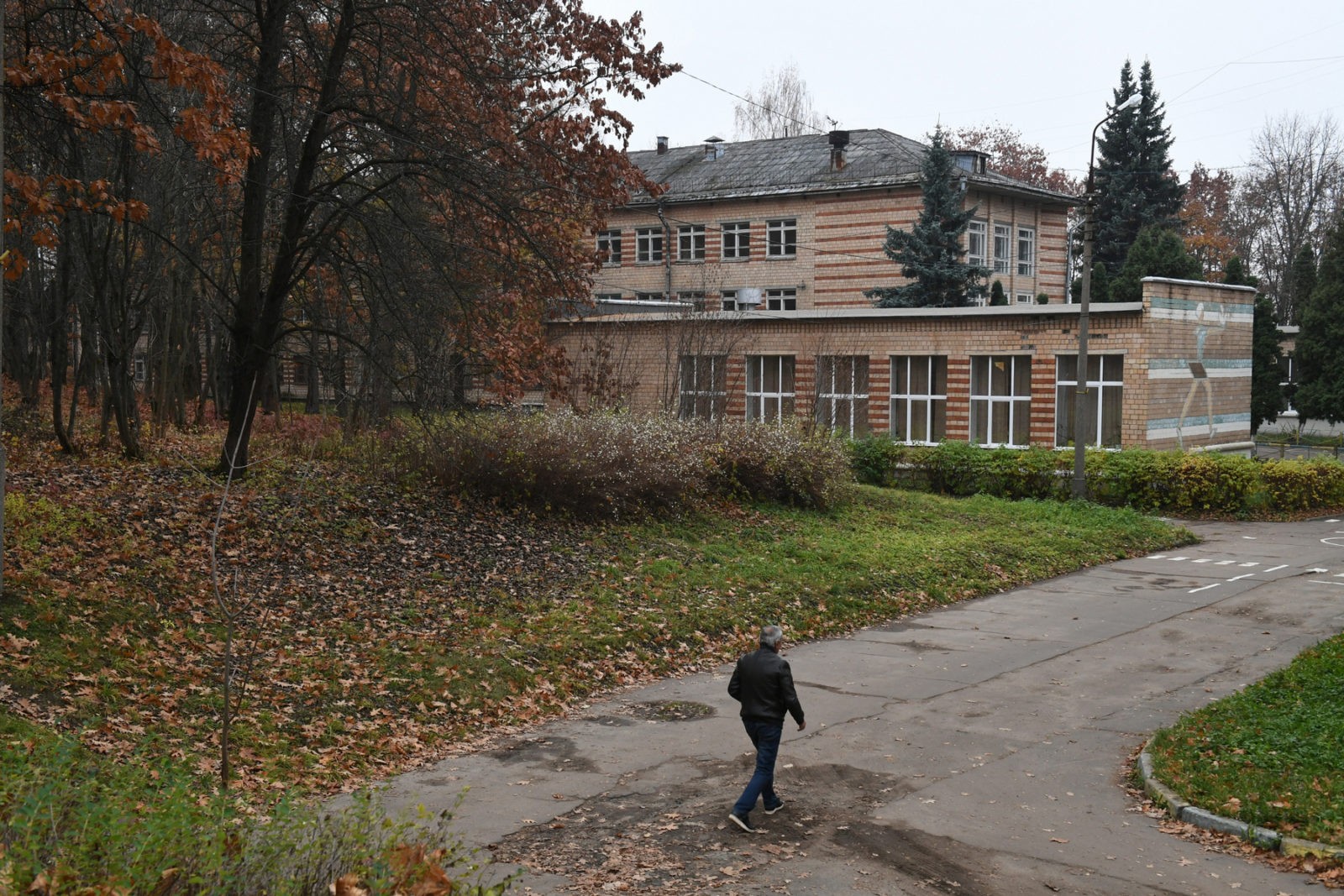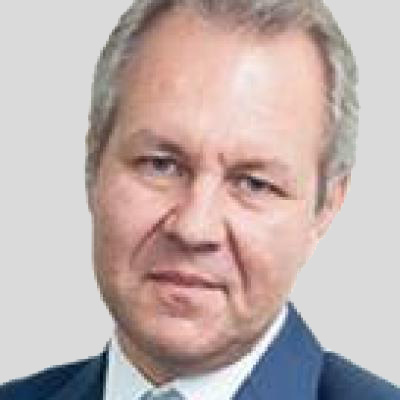Russia’s uneven regional development has been no secret to anyone. Yet the disparities get worse each year. During the last years of the Soviet empire, the gap in the average income of the population between, for example, Moscow and Dagestan was about 27%. By the end of 2017, that number reached 376%. The gap between the Yamal-Nenets Autonomous Region, which has the highest average salary in Russia as of April 2018 and the Republic of Ingushetia exceeds 450%. (For the sake of comparison, there is a “gap” of 85% as of 2015 between Maryland, the most prosperous U.S. state in terms of the average total family income, and Mississippi, the least. Even that far smaller percentage disparity is a fact the federal government finds disturbing.)
This form of disparity in Russia has long been no surprise. The Russian government sponsors regional budgets via oil rent. In 2017, this transfer amounted to 1.63 trillion roubles, or 10% of total federal spending. Experts talk about the country as a community of either three, or even four “Russias”.
It is fair to say that the redistribution of budget funds from the centre to the regions is nothing special. In America, state and county budgets are subsidised from the “federal centre” to the tune of around 19% of their expenses. The respective figure in Japan is 28.7%. The problem lies elsewhere. We can spot it if we look at Russia not as a totality of cities with over one million residents, regional centres, small towns and rural areas. This subdivision underlies Natalia Zubarevich’s concept of “Four Russias”. Instead, consider it a real country with a completely comprehensible spatial structure.
In this case, we will have a distinct picture of the uneven distribution of social wealth, real economic assets and human potential. For example, the cities of 300–600 thousand people are in a vulnerable position.
At issue here is the relation between these cities and large urban centres, primarily Moscow and St. Petersburg. One can often come across allegations that our capital city has “sucked in” the resources from the rest of Russia. Some even consider Moscow a “parasite”. Ideas to move the capital elsewhere or other versions of curtailing Moscow’s domination are often mooted. Yet, it seems that the problem looks much more “local”.
No matter how strong Moscow’s influence in the country might be, the regions next to the capital city feel it most. This refers not to the Moscow suburbs, which enjoy the positive effect of being the neighbours to Moscow’s gigantic econom. Rather, this means cities from the so-called “big ring”, from Smolensk to Tver, from Yaroslavl to Vladimir, from Ryazan to Kaluga. The economies of these regions look dire in comparison with the country’s capital. At the end of 2016, the regional gross product (GRP) per capita in the Yaroslavl region, the most prosperous area next to the greater Moscow area stood only at 369.5 thousand roubles. That is only 32.2% of the Moscow figure as of the same year. The least prosperous region of Smolensk recorded a figure of 274.4 thousand roubles, or 23.7%.
This ratio is much worse than the respective proportions for St. Petersburg. It is also worse than the Novgorod region and the Republic of Karelia (398.1 thousand and 371.5 thousand, respectively, or 55.9% and 52.2% of the St. Petersburg’s figure). There are, of course, less abnormal cases. For instance, the Novosibirsk region with a GRP per capita of 391.4 thousand roubles; the neighbouring Tomsk region (451.8 thousand roubles, or 115.4%) and Kemerovo region (316.3 thousand roubles, or 80.8%).
The reasons behind this situation are clear: the mobility of the population and businesses within a radius of 200–400 km is quite high. The most active members of the population are “washed out” from the capital, the total demand in the regions declines, and the entrepreneurial activity dwindles. This leads to a decline in the population, a difficult social situation, and increasing public unrest.
The federal development strategies completely ignore the problems of these regions. On paper, Moscow and the Moscow Region as well as St. Petersburg and the Leningrad Region enjoy a whole series of joint programs aimed at the mutual integration of the regions. Yet these look out for the big cities above all. There are constant high level discussions about transport infrastructure connecting Moscow and St. Petersburg, Moscow and Nizhny Novgorod, Moscow and Kazan, with the authorities also thinking about high-speed routes leading to Ekaterinburg and Rostov-on-Don. Without denying the positive nature of any infrastructural developments, it is clear that new motorways enveloping large cities as well as high-speed railways will produce little for the regions, except speed up the outflow of industrious, well-educated youth.
The existing problem requires an innovative approach. Neither the traditional “breakdown” of a country into the so-called subjects of a federation, nor its division into federal districts is the optimal form of territorial organisation for areas beside supercities.
In recent years, the Kremlin has tried to pare back Moscow’s revenues by moving the seats of some large state corporations (VTB, Gazpromneft, and recently even Gazprom) to St. Petersburg. However, this is a palliative method that does not solve the main problem. Attempts by the Ministry of Finance to withdraw some of the capital’s revenues and feed them into the federal budget will also bring no change. Instead, it would be a good idea to create a conglomerate of territories around Moscow (not the Moscow Region, but, the Moscow Area) and create something similar around St. Petersburg. In this case, the redistribution of income from Moscow into nearby regions would not look as strange as a simple offer to share them with an “indefinite circle of people”.
A targeted transfer of this kind would not be very burdensome. Last year, Moscow’s budget revenues amounted to 2.1 trillion roubles,. Budget revenues of the Tula Region, for example, totalled 66.6 billion (or 385 billion, including the revenues of all seven neighbouring territories. This represents 18.3% of Moscow’s revenues. Given that some items of expenditure of the capital’s budget are artificially inflated while many sources of income (in particular, the tax on expensive real estate) are far from being fully utilised, it would be a good idea to create a system for redistributing some of Moscow’s revenues to the budgets of its neighbours.
These funds could not be used at their discretion. But, for example, they could go to fund joint projects of the capital and territories, with Moscow or St. Petersburg having the lion’s share. In this case, the funds could not be donated but would be invested instead. The authorities of megacities would start reaping profits in ten or more years, for example. At the same time, this money would give an impetus and boost the economic development of the regions, reducing the outflow of the population and making them more attractive for business. The capitals could double the budget budgets of their neighbouring regions without undue stress, acquiring new assets and new instruments of influence on their neighbours, and the main goal would be achieved: a more balanced economic growth would begin.
Serious developmental problems of the territories in the central core of the country, which enjoyed special attention from the central government, arose in Russia as a result of its imperial history. Efforts to maintain territorial expansion have always been costly, and the income received from the colonies were “naturally” appropriated by the central authorities. Likewise, the current “oil and gas revenues” are almost all credited to the federal budget). In turn, these funds were often used, and are still used, to “mark the borders.” Nowadays, it is more than obvious that most of the largest investment projects of the Kremlin, from the Crimean bridge and the Olympic facilities in Sochi to the new space infrastructure and transport infrastructure of the Primorsky Krai, are by the borders, hardly touching the central areas. They are also used as handouts to pacify the territories that are either restless or in need of spectacular development. Iin particular, Chechnya and the annexed Crimea, once again benefiting from the territories next to the capitals.
This situation could be tolerable. Oddly enough, Soviet-style planning made it possible to keep economic differentiation within reasonable limits. But as market processes become spontaneous, it can no longer be tolerated. Sooner or later the problem of the expanded “Moscow Area” will become much more serious than all the problems of remote imperial peripheries. This should not be allowed, for the sake of preserving the essential conditions enabling the country’s development.










